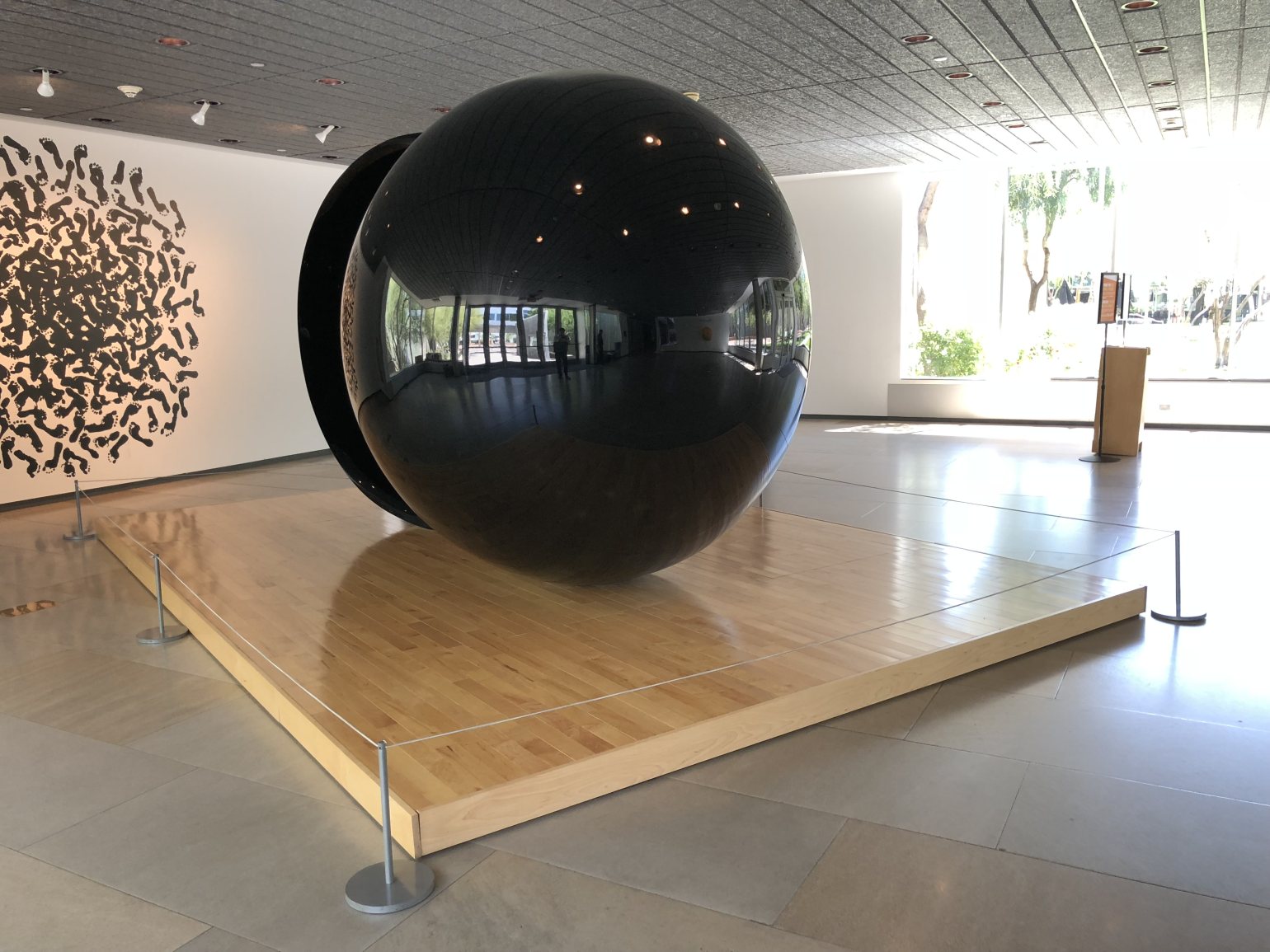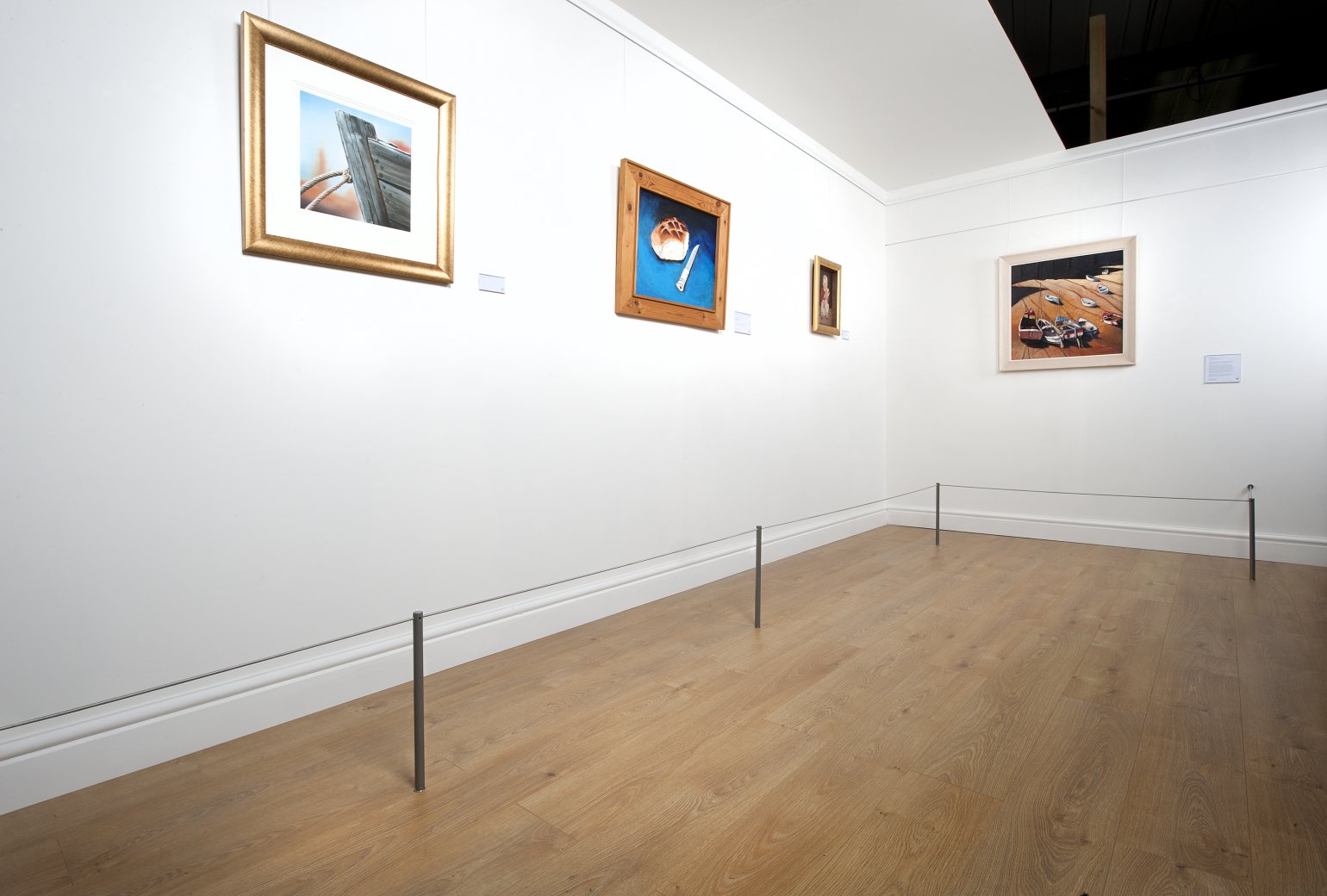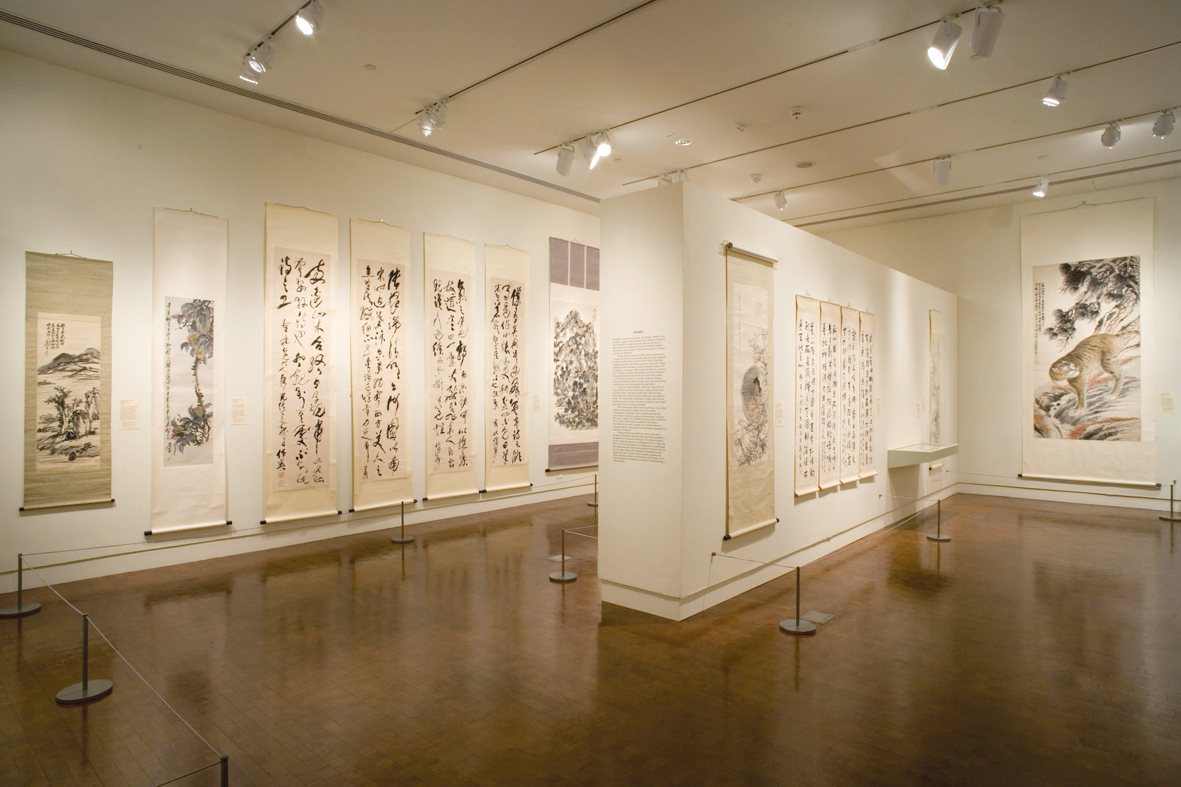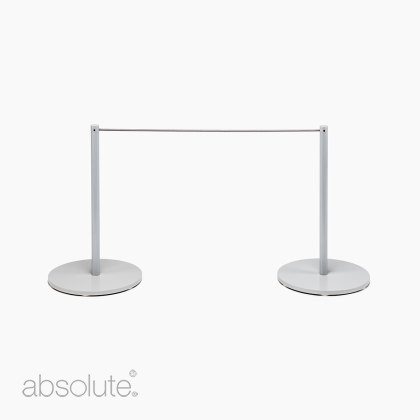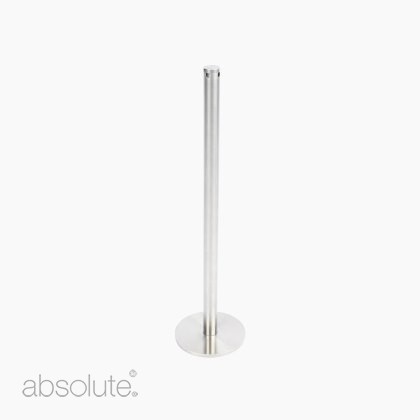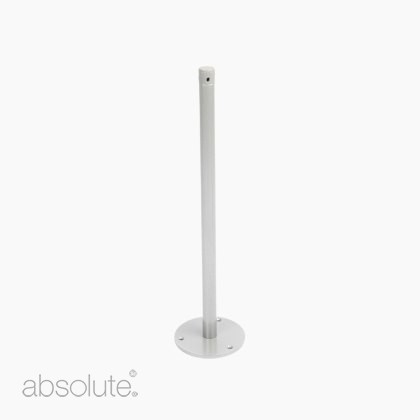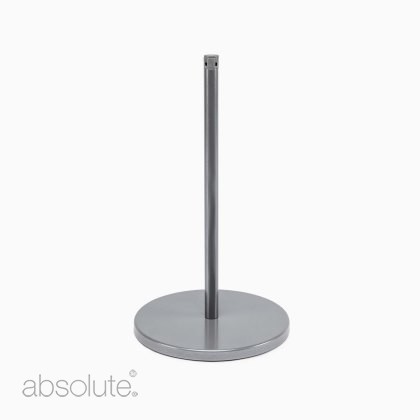Protecting Art and Museum Exhibitions
![]()
Summary
This article guides museums and galleries in choosing the right protective barrier system to balance security with visitor experience. Using real-world examples, it outlines how different spaces benefit from specific solutions—such as Freestanding, Floor Socket, Surface-Mounted, and Essentials barriers—along with modular signage options. The piece emphasises that the most effective systems safeguard artworks discreetly, maintaining the integrity of both the collection and the space.
“Museums are wormholes to other worlds. They are ecstasy machines. Follow your eyes to wherever they lead you…and the world should begin to change for you.”
– Jerry Saltz, art critic, New York Magazine
![]()
Security begins at the design stage
Architectural decisions impact long-term protection
The tension between visitor engagement and protecting cultural assets is a balancing act that every curator, designer, and installer will spend a career looking to resolve. And, of course, no two curatorial challenges are the same.
A museum space constellated with floor-standing sculptures, a wall of fragile ancient textiles, a sweeping corridor lined with Old Masters; each scenario wants for a specific approach.
Indeed, any solution must work as much for the object itself, as it does for the room, the floor, the light, and the movement and behaviour of its museum visitors. Absolute Products offer decades of industry experience designing and refining systems that meet such demands – working with historic houses, contemporary art galleries, national museums, and private collections across the world.
This article provides expert guidance on choosing the right system for your space, using real-world scenarios to demonstrate how each barrier type performs – both as a physical safeguard and as part of the visitor experience.
![]()
For high-footfall galleries with high value wall-hung works
Scenario
A medium-sized city gallery is hosting a popular touring exhibition. Footfall is high, and the works on display include large-format oil paintings on loan from private collections. Curators need a robust, stable solution that’s quick to install and doesn’t damage flooring.
Recommended solution
Freestanding Barrier – 400mm or 1000mm
A go-to barrier choice for temporary or frequently changing exhibitions. The non-marking base is ideal for heritage or finished floors and can be installed without the use of tools or specialist equipment. At 400mm height, they provide a visually subtle reminder not to approach too closely without being obtrusive. For a more obvious perimeter in higher traffic areas, the 1000mm is sometimes the preferable choice for added presence, so long as you ensure the barrier is far enough from the walls and the artworks at a height whereby the barrier doesn’t awkwardly sit in the viewer’s line of sight.
Both options use an elasticated cord that creates a neat, architectural line – a deliberate contrast to traditional drooping ropes or bulky stanchions. The cord gives way on contact, reducing trip risk and minimising impact on visitor flow.
For added flexibility and modular advantages, optional signage adaptors transform these barriers into dual-purpose systems, providing context, directions, or object interpretation at eye level.
![]()
For permanent exhibits where discretion is key
Scenario
A gallery is redesigning its permanent collection space. The aim is to protect floor-standing sculptures and paintings on the wall without detracting from the minimalist design language of the room. The floors are polished concrete, and visual interruption must be kept to a minimum.
Recommended solution
When discretion is paramount, the Floor Socket Barrier offers the most visually lightweight and integrated protection. The upright fits into a stainless steel socket set into the floor with a barely visible 2.5mm lip. When barriers are removed (for cleaning or display reconfiguration), a flush-fitting plug maintains a clean, trip-free surface.
Like all of our barriers, the Floor Socket Barrier uses elasticated cord – creating a visual cue without drawing attention.
While designed primarily for stone and concrete floors, the system can be adapted for timber installations – Absolute’s team can advise on the correct fixings for your site. Alternatively, you might prefer the Surface Mounted Barrier, which is designed specifically for wooden floor surfaces and plinths.
![]()
For period spaces where traditional aesthetics are crucial
Scenario
An 18th-century manor house is hosting a series of historical artworks within its original interiors. The curatorial team needs a barrier solution that won’t compete visually with antique decor, while providing necessary protection in tight viewing spaces.
Recommended solution
Freestanding Barrier - in black (or the Essentials version for budget-limited installs or very light coloured interiors)
Period properties are often listed, many even grade I listed. In such an environment you need to select a barrier that will not mark the floors or require any fixing; the Freestanding Barrier, or Essential Freestanding Barrier, fulfils this requirement perfectly.
In heritage properties black is our most popular colour, the matt finish tends to blend most discreetly into period spaces without clashing. Stainless steel and white, for example, are very modern looking finishes and therefore best suit modern spaces. Grey can be quite universal, although still no match for black in this instance.
Sometimes, however, a room in a period property might have a very light interior, such as the Boudoir at Attingham Park NT (images below). In such cases we often find that the Essential Freestanding Barrier is the best choice, as the dove white colour offers a nice in between white and grey, therefore helping it blend in better.
The other benefit of the Essentials Barrier is its more budget-friendly price point. For institutions with limited budgets or independent properties ran on tight funds, the Essentials Barrier can be preferable.
![]()
For temporary or touring exhibitions with minimal install time
Scenario
A small civic museum is hosting a loaned collection for just two weeks. The team needs to protect plinth-based objects but has limited time, resources, and budget for installation and take-down.
Recommended solution
Essentials Freestanding Barrier, or Essentials Surface Mounted Barrier
Designed specifically for quick, temporary deployment, the Essentials range provides a balance of performance and simplicity. Supplied with 2.5 metres of grey elasticated cord per unit, each barrier is ready to use out of the box.
The Essentials barrier finish is neutral in tone (RAL 7047 Dove White) and designed to blend seamlessly with most gallery environments. For plinths in particular, the Surface Mounted Version is preferable as it is quick to install and takes up minimal floor space on the plinth.
While not as robust as the core Freestanding range, it’s a reliable solution for temporary setups, student exhibitions, or lower-risk environments where budget still meets aesthetics.
![]()
When signage and crowd guidance are part of the system
Scenario
A multi-room exhibition explores the life of a well-known contemporary artist. Some works are behind barriers, and several areas require contextual information, navigation prompts, and visitor instructions. The team wants to integrate these elements without cluttering the visual field.
Recommended solution
Any of our Core Barrier System + Signage Adaptor + Label Holders
Absolute’s Signage Adaptors allow any 20mm barrier (Freestanding, Surface Mounted, or Floor Socket) to double as a communication point. They accept Absolute’s label holders (in multiple sizes), mounted at a 45° angle for easy reading.
Such modular systems can display curatorial labels, object IDs, “Do not touch” messaging, or wayfinding. Because the signage mounts to the barrier upright, it removes the need for additional plinths or wall fixings, keeping the space uncluttered.
This setup is particularly useful in changing or touring exhibitions, or where labels need to be moved regularly.
Safeguard without distraction
The most effective barrier systems are those which visitors scarcely notice – but instinctively understand the limitations they represent. From protecting an irreplaceable sculpture to a single framed photograph, the right solution balances safety, discretion, and curatorial intent.
If you're looking for a protective barrier system for your museum or gallery, our expert team can help you find the best-fit for your needs. And if your requirements are highly specific, we offer bespoke heights and finishes to align with those precise demands. You can explore our full range of protective barriers here, or contact the team to discuss your project.
Browse Protective Barriers
Essentials Freestanding Barrier (400mm)£89.00 (ex VAT)Floor Socket Barrier (Stone)from £94.00 (ex VAT)Surface Mounted Barrierfrom £82.00 (ex VAT)Freestanding Barrier (400mm)from £114.00 (ex VAT)Need Advice? We're Here to Help.
Our professional, experienced team are here to help and offer advice relating to your specific artworks or installation setting. Please contact us for further assistance.
Contact Us-
Posted by Jade Turner
6th November 2025



